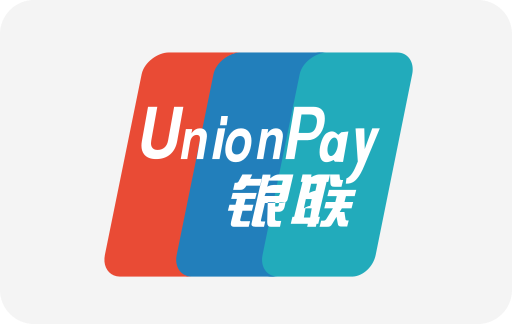Best Practices for Managing WordPress User Roles and Privileges
Effectively managing user roles and privileges in WordPress is essential for reducing vulnerabilities and maintaining a secure website. Here are expert-recommended strategies, tailored for clarity and relevance to the Philippine context:
Apply the Principle of Least Privilege
- Grant only necessary permissions: Assign each user the minimum level of access required to perform their tasks. Avoid giving administrator or editor roles unless absolutely necessary.
- Start low, upgrade only when needed: Begin with lower access levels (e.g., contributor or author) and elevate privileges only if the user’s responsibilities demand it.
- Limit administrators: Ideally, have only one administrator per site. Additional administrators should be added only if their role requires full control over the site.
Regular Audits and Role Reviews
- Schedule periodic audits: Review all user accounts and their assigned roles at least quarterly. Remove or deactivate accounts that are no longer active to minimize security risks.
- Document role structures: Maintain clear documentation of which roles exist and what each can do. This aids in onboarding and ensures everyone understands their permissions.
- Monitor for unauthorized changes: Use security plugins or audit logs to track changes in user roles and permissions, helping you spot suspicious activity early.
Enhance Authentication and Password Policies
- Enforce strong passwords: Require users to create complex passwords with a mix of letters, numbers, and special characters.
- Implement multi-factor authentication (MFA): Especially for users with elevated privileges, MFA significantly reduces the risk of account takeovers.
- Educate users: Regularly train your team on password hygiene and the dangers of sharing login credentials.
Use Plugins and Customization Wisely
- Leverage role management plugins: Tools like User Role Editor or Members allow precise control over permissions and can help create custom roles tailored to your team’s needs.
- Customize roles as needed: If default roles do not fit your requirements, create custom roles with only the necessary capabilities. This can be done via plugins or by editing your theme’s functions.php file.
- Temporary role elevation: Instead of permanently increasing a user’s privileges, temporarily elevate their role for specific tasks, then revert to their standard permissions afterward.
Logging and Accountability
- Enable activity logging: Plugins like WP Activity Log track user actions, providing accountability and making it easier to identify and investigate suspicious behavior.
- Maintain an audit trail: Regular logging helps detect breaches faster and supports troubleshooting.
Ongoing Maintenance and Adaptation
- Update your strategy: Regularly revisit your role management practices based on team feedback and emerging threats. Cybersecurity is dynamic, and your approach should evolve accordingly.
- Back up before changes: Always create a full backup before modifying user roles or capabilities, so you can restore your site if something goes wrong.
Summary Table: Key Actions to Reduce Vulnerabilities
| Action | Purpose | Tools/Plugins |
|---|---|---|
| Assign minimal permissions | Limit damage from compromised accounts | User Role Editor, Members |
| Regular audits | Remove inactive/unauthorized users | WP Activity Log |
| Strong authentication | Prevent unauthorized access | MFA plugins |
| Custom roles | Fit unique team needs | Plugins or custom code |
| Activity logging | Track and investigate actions | WP Activity Log |
Conclusion
By following these best practices—applying the principle of least privilege, conducting regular audits, enforcing strong authentication, using plugins for granular control, and maintaining detailed logs—you can significantly reduce vulnerabilities in your WordPress site. This approach balances security with operational efficiency, ensuring your team can collaborate safely while minimizing risks.



.jpg?width=650&height=324&name=How%20to%20Edit%20%26%20Customize%20User%20Roles%20in%20WordPress-1%20(1).jpg)
















Ang PH Ranking ay nag-aalok ng pinakamataas na kalidad ng mga serbisyo sa website traffic sa Pilipinas. Nagbibigay kami ng iba’t ibang uri ng serbisyo sa trapiko para sa aming mga kliyente, kabilang ang website traffic, desktop traffic, mobile traffic, Google traffic, search traffic, eCommerce traffic, YouTube traffic, at TikTok traffic. Ang aming website ay may 100% kasiyahan ng customer, kaya maaari kang bumili ng malaking dami ng SEO traffic online nang may kumpiyansa. Sa halagang 720 PHP bawat buwan, maaari mong agad pataasin ang trapiko sa website, pagandahin ang SEO performance, at pataasin ang iyong mga benta!
Nahihirapan bang pumili ng traffic package? Makipag-ugnayan sa amin, at tutulungan ka ng aming staff.
Libreng Konsultasyon